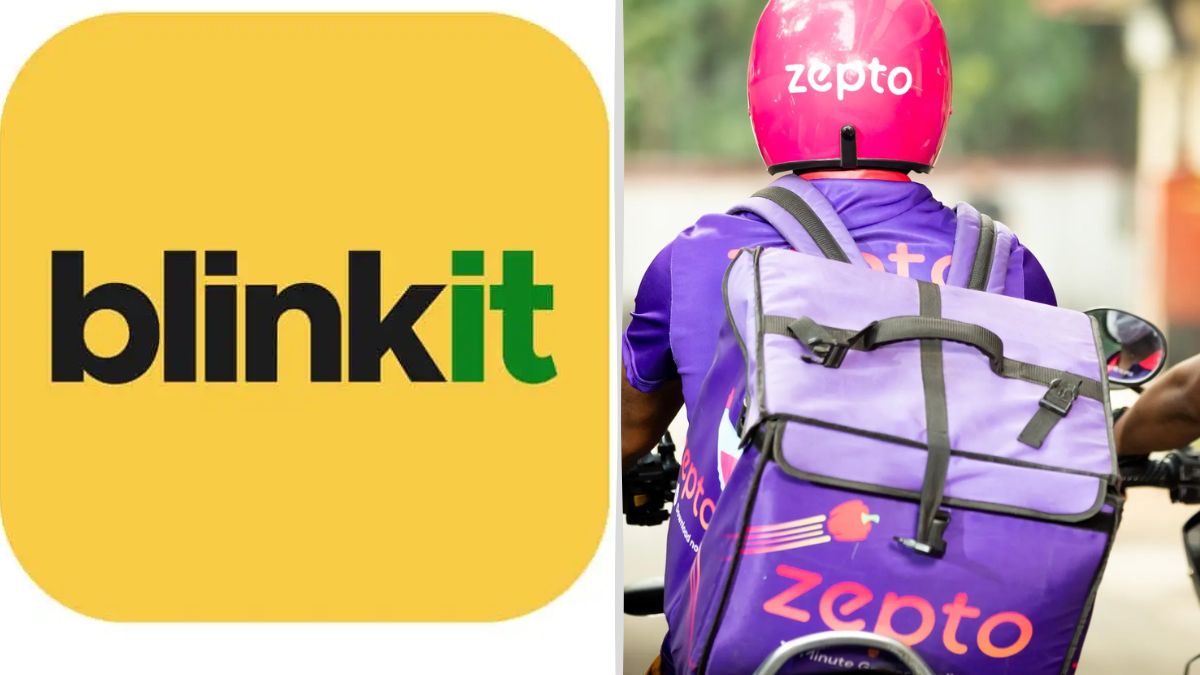Blinkit and Zepto, two quick commerce platforms, are raising their fee rates to make more money in a market where competition is growing and people want to make money. The Economic Times says that both businesses have changed how they pay their employees, which affects both users and brands.
Blinkit and Zepto Raise Commissions to Boost Revenue
As quick commerce has grown, management costs have gone up and cash burn has been high, which has investors worried. The market value of companies like Zomato (parent company of Blinkit) and Swiggy (which runs Instamart) has gone down because of these financial problems.
Blinkit and Zepto are increasing commissions on sellers and brands to boost revenue amid fierce competition and rising costs, as both platforms push for profitability and market dominance#Blinkit #Zepto #ecommerceplatforms https://t.co/fJuS3X2voS
— Business Standard (@bsindia) March 7, 2025
As Zepto gets ready for its initial public offering (IPO) later this year, it is slowly raising the fee rates it charges both users and brands. This is done to improve its finances. But market drops since December have made things less certain for upcoming IPOs.
On the other hand, Blinkit has switched to a variable commission model, which should help it improve its total take rate, which is the portion of gross order value (GOV) kept as commission. Since Zepto is getting close to a yearly $4 billion gross sales run rate, its take rate is expected to rise even more. It is now at 22–23%. The company was last worth $5 billion, and in January it said it made $3 billion in yearly gross sales.
Changes in Blinkit’s Commission Structure
Before, Blinkit had a set commission system that varied by product category and ranged from 3% to 18%. But as of March 13, Blinkit will switch to a new model where commission rates change based on how much things sell for, even if they are in the same category. Here is the new organization of the commission:
- Products that cost less than Rs. 500: 2% fee
- 6% of the price of items between Rs 500 and Rs 700
- 18% fee on items that cost Rs 1,200 or more
Along with these commissions, companies and sellers will also have to pay for shipping, storage, and warehousing. This means that quick commerce platforms will keep 30 to 35 percent of the selling price as their own. It is likely that bigger brands with more negotiating power will get better deals.
Zepto’s Expansion and Cost Optimization
Zepto has grown to have the same number of dark shops as Blinkit, which is almost 1,000. The business is also talking with third-party fleet operators, such as Ola, to find the best service prices and work more efficiently.
Blinkit’s Take Rate and Market Response
Morgan Stanley says that Blinkit’s take rate for the October-December quarter was 17.9%, which is a little less than the previous quarter. Bernstein’s study also showed that quick commerce companies get more business from direct-to-consumer (D2C) brands. This is what the report said:
- 39% of Blinkit’s names are new age direct-to-consumer (D2C).
- Both Zepto and Instamart have 31% and 33% of their brand mix made up of direct-to-consumer names.
Investors are also worried about Zomato. Its share price dropped from Rs 302 on December 6 to Rs 223 on March 7 because the market as a whole was going down and the industry was burning more cash.
Antitrust Complaint Against Quick Commerce Giants
There is a case against big fast food companies like Zomato, Swiggy, and Zepto for antitrust reasons brought by the All India Consumer Products Distributors Federation (AICPDF). According to the complaint, these sites offer huge discounts that hurt traditional distributors.
India’s e-commerce industry has been closely watched. Amazon and Flipkart have been the targets of antitrust investigations in the past for supposedly favoring certain sellers and charging unfair prices. These claims have been denied by both businesses.
Also Read:
- ACME Solar Plans Rs 17,000 Crore Capex to Boost Renewable Energy Capacity
- BEL Dividend 2025: Bharat Electronics Declares Interim Dividend of Rs 1.50 Per Share
Zomato vs Zepto: CEO Verbal Spat
Because Blinkit and Zepto are competing with each other, their CEOs have had a public argument. Deepinder Goyal, CEO of Zomato, said that this company and others like it “substantially more than half” of the Rs. 5,000 crore that these companies spend on cash every quarter.
In reaction, Aadit Palicha, CEO of Zepto, said that these claims were “verifiably false” and that the company’s financial statements would make things clear. Palicha made it clear that he respected Goyal as an entrepreneur but that what he said about Zepto’s cash burn was not true.
Conclusion
Because there is more competition and pressure from investors, Blinkit and Zepto are changing their business plans to make more money and be more profitable. These changes may make the economy more stable, but they also cause worry for brands and sellers because they will have to pay more. The next few months will be very important for seeing how these big names in fast trade handle the changing market.
(Disclaimer: This article is for informational purposes only and should not be considered investment advice. Investors are advised to consult financial experts before making investment decisions.)

